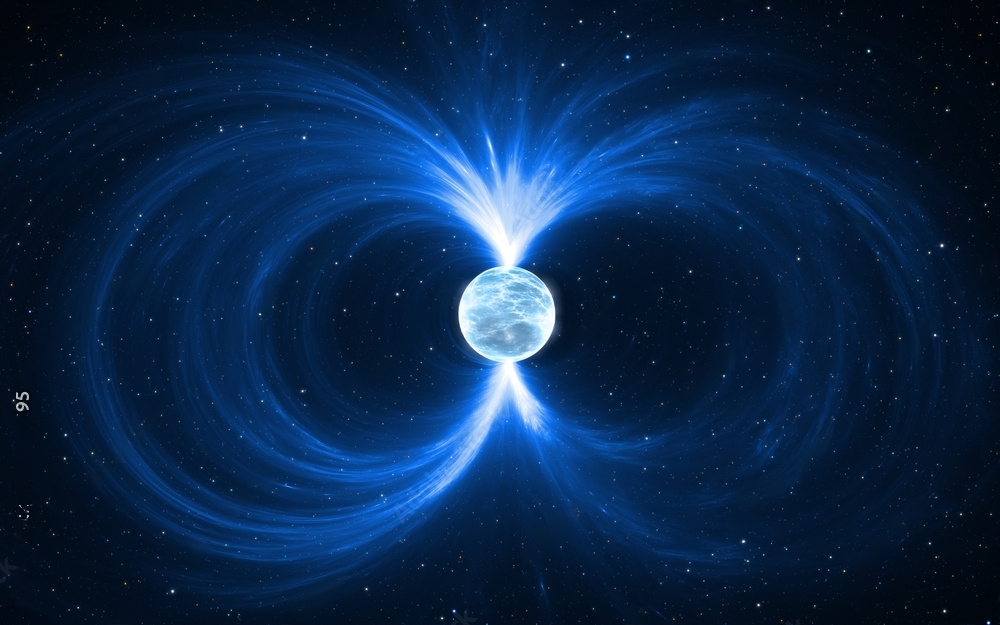Scientists working with the Karl Jansky Telescope have begun a lot of work on detecting pulsars in globular clusters. The first of them was found in the GLIMPSE-C01 cluster. Its signal changes over a period of only 30 milliseconds.

New Pulsar
Using the Karl G. Jansky Very Large Array (VLA), astronomers discovered a millisecond pulsar in the globular cluster GLIMPSE-C01 as part of a special experiment. This is the first such object ever discovered in this cluster. The discovery is reported in an article published on December 18 on the pre-print server arXiv.
Pulsars are strongly magnetized neutron stars that rotate and emit a beam of electromagnetic waves from their poles. Objects with a rotation period of less than 30 milliseconds, known as millisecond pulsars (MSPs), rotate the fastest. Astronomers suggest that they form in binary systems when an initially more massive component turns into a neutron star, which then spins due to the accretion of matter from the secondary star.
A team of astronomers led by Amaris V. McCarver from Texas Tech University in Lubbock, Texas, decided to conduct a radiographic search for pulsars in almost a hundred globular clusters. They analyzed images from large radio telescopes to do this.
Amazing discovery
In total, the team identified 10 sources for a sample of 97 globular clusters. Then they performed a weighted fit using archived and new flux density measurements to determine the spectral index for each source.
The most likely candidate for a pulsar turned out to be a source in GLIMPSE-C01, a dense and massive medium-aged globular cluster located at a distance of about 10,760 light-years from Earth. The newly discovered pulsar, called GLIMPSE-C01A, has a rotation period of 19.78 milliseconds and a dispersion of 491.1 pc/cm3. This indicates a high magnetic field — at a level of 1 billion Gauss. The characteristic age of this pulsar is estimated at 100 million years.
Summarizing the results, the researchers note that regular timekeeping for GLIMPSE-C01A is necessary to obtain data on more properties of this pulsar. They added that their discovery highlighted the effectiveness of searching for such objects by spectral index.
According to phys.org
Follow us on Twitter to get the most interesting space news in time
https://twitter.com/ust_magazine


